We all have kitchen knives. Some of us are satisfied with the ones we already have, and some of us would probably like to change the ones we have, but don’t know what to look for. This article is about what materials knives are made of. We hope it will help you in your choice.
Materials for making knives
Carbon steel knives
The most common material is carbon steel. This material is an alloy of iron and carbon. Often other elements, such as vanadium or manganese, are also included in the alloy to improve the characteristics. Carbon steel contains 1% carbon. Knives made of this type of material are usually inexpensive and easy to sharpen. However, they are quite vulnerable to rust and all sorts of stains from interaction with food. New knives can impart a metallic, “iron” flavor to foods with high acidity. However, over time, the steel acquires a dark patina that blocks this process.
Stainless steel knives
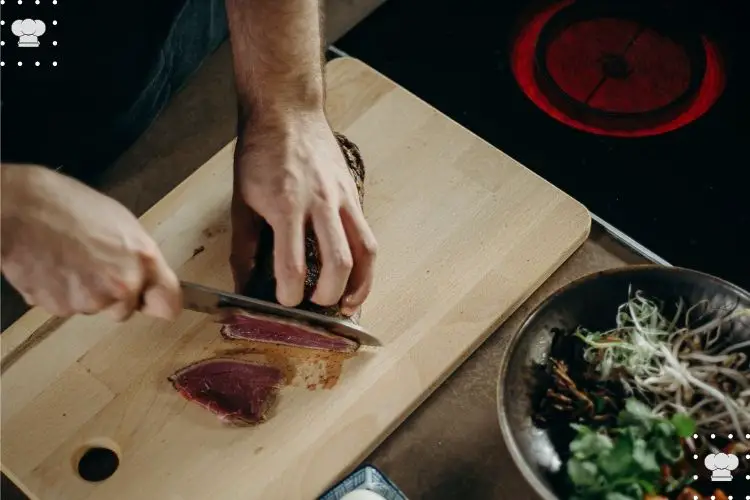
Also popular are knives made of stainless steel, which is an alloy of iron, 10 to 15% chromium, a small amount of carbon and possibly nickel and molybdenum. Low-carbon stainless steel is considerably softer than carbon steel, and knives made from this material require regular sharpening. They are, however, highly resistant to corrosion. The thin, flexible, shiny blades of cheap kitchen knives are usually made of low-carbon cheap steel. These blades are hard to sharpen, and they are often made with serrations that slow down the blunting process. But if the knife is blunt and dull, there is nothing else you can do with it.
High-carbon stainless steel knives are a higher class of knives. These knives combine all the best properties of carbon and stainless steel. The high carbon content helps maintain a long sharpening time, while the stainless steel provides resistance to corrosion and staining. Most high-carbon steel knives have additional elements in the alloy, such as molybdenum, vanadium, cobalt and others. Their presence contributes to increased hardness, sharpening time and cutting ability.
Damascus steel knives
Damascus steel knives combine the advantages of several materials. Knives are a layered “sandwich” of different steel alloys. Therefore, knives often have unique patterns on the surface, which are a kind of side effect of the manufacturing process. Very many high-quality Japanese and Scandinavian knives are made in this way, and by hand. In the most expensive Japanese knives, layers of carbon steel (usually cobalt-molybdenum-vanadium alloy) alternate with layers of hard and soft stainless alloys. The number of different layers is sometimes as high as 65 or even more. The combination of the qualities of the different alloys greatly reduces corrosion, while maintaining the necessary strength and flexibility.
Titanium knives
Titanium knives are made by sintering matrices of titanium (Ti) and carbides using powdered metal billets (instead of casting). Sintering of element melts is carried out under high pressure and with considerable heat generation. These knives are very light and stay sharp for a long time, but the strength required for knives can only be achieved through a complex and precise manufacturing process.
Ceramic knives
Ceramic knives are both strong and brittle. They are stronger than steel and have a sharper cutting edge. At the same time, the sharpening can last much longer than in the case of a steel knife. However, because of their ceramic nature, knives are better used for slicing rather than chopping. Care should be taken when handling these knives: do not drop them on the floor or use glass chopping boards. Like titanium knives, ceramic knives do not impart any additional flavor to food and are not prone to corrosion. They are very lightweight.
What is a good hardness for a knife?
Manufacturers usually say that the knives they offer have a certain hardness on the Rockwell scale. The range of values usually ranges from RC50 to RC63. Surface hardness is the quickest way to tell if a knife is of proper quality and if the proper properties have been achieved with proper heat treatment.
A higher hardness does not mean, however, that the knife is better. It does mean that a harder knife is harder to sharpen when properly sharpened. Depending on the chemical composition, stainless steel knives will hold that sharpening longer than carbon steel knives, i.e. they are less susceptible to wear.

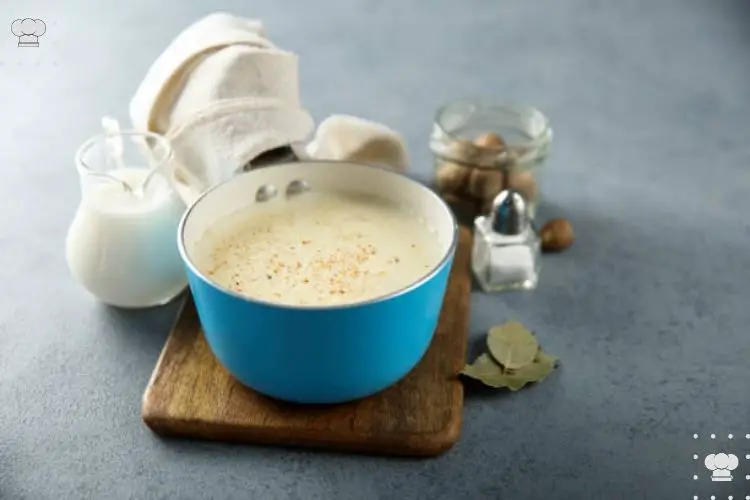
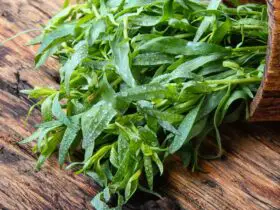
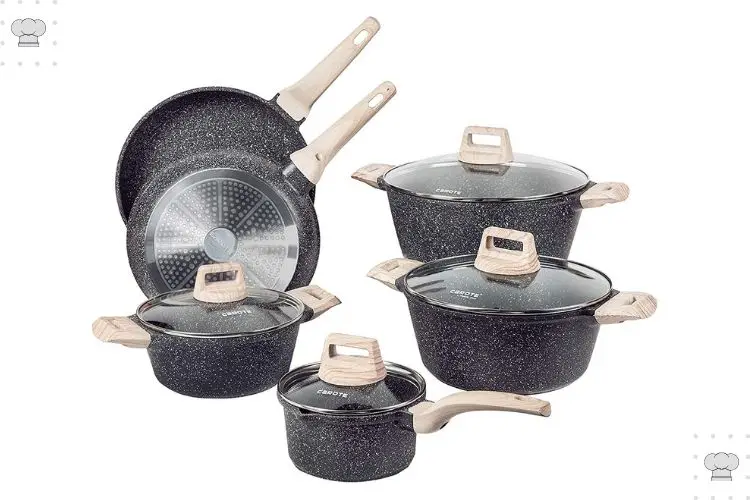
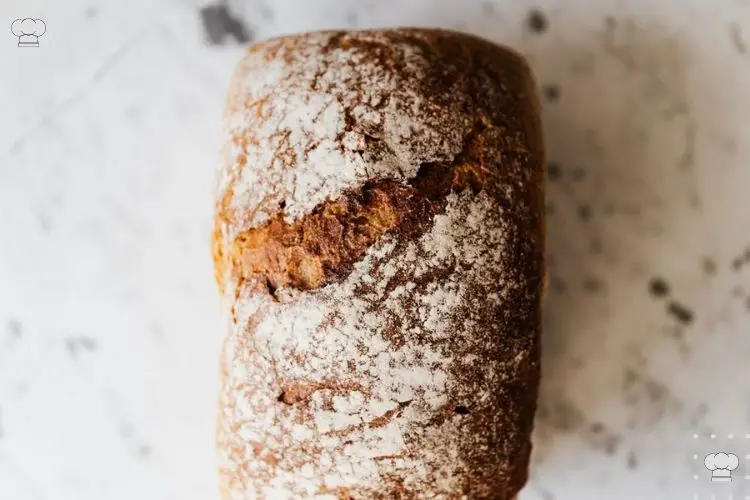

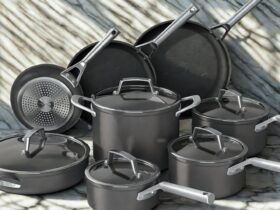

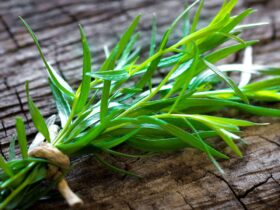
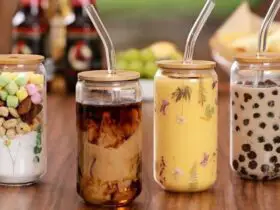
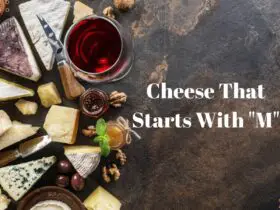
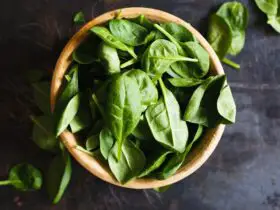
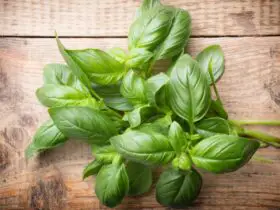
Leave a Reply